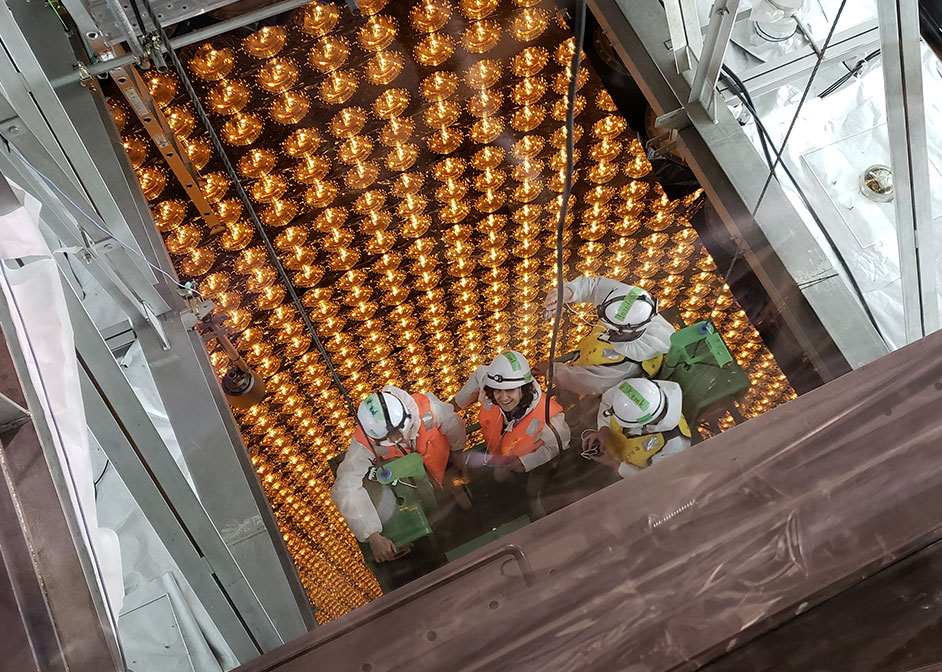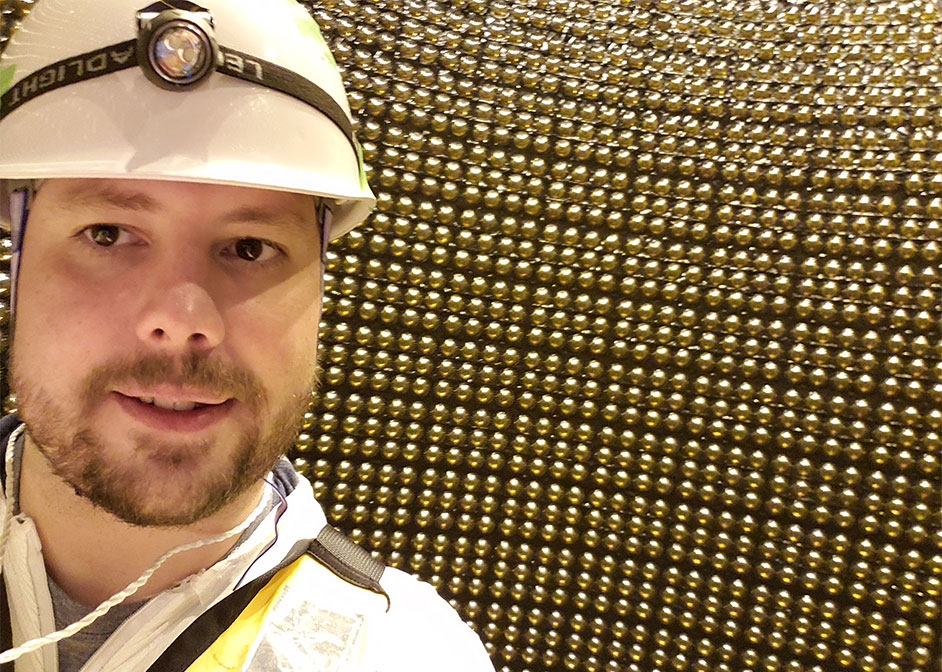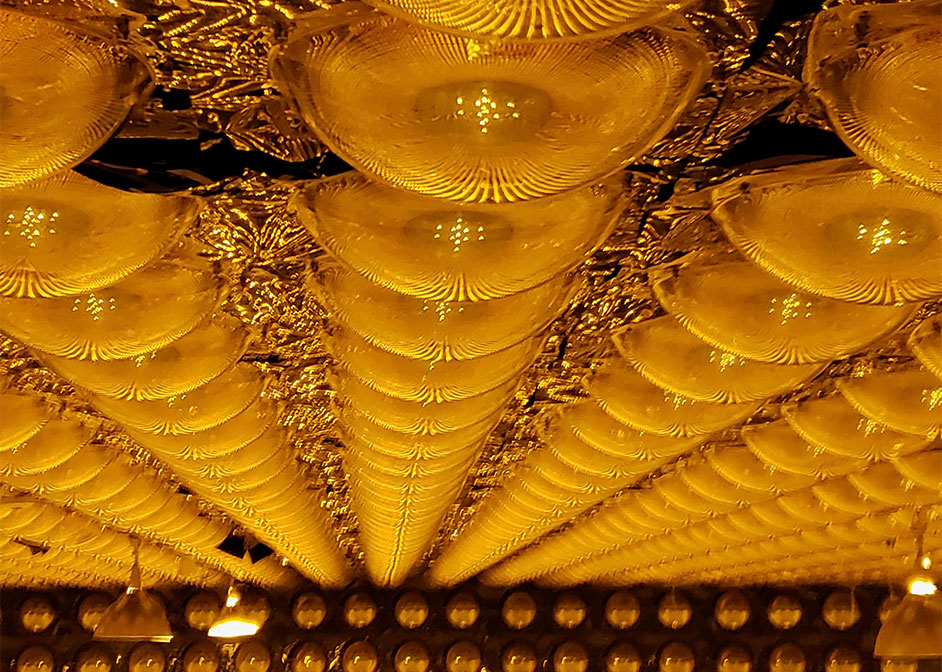Study of Neutrinos Begins to Shed Light on Imbalance of Matter and Antimatter
University of Houston assistant professor of physics Daniel Cherdack has always been fascinated by learning about the building blocks of the universe. It is why he decided to pursue a Ph.D. in physics after graduating with a bachelor’s degree in mechanical engineering.

“For me, it’s always been about fundamental physics,” Cherdack said. “At the most basic level – how does the universe work?”
This question fueled his work with hundreds of international collaborators that published a study in Nature in April. The authors, including Cherdack, are part of the T2K Collaboration, an international group of researchers involved in the Tokai to Kamioka, or T2K, experiment based in Japan.
Their findings on neutrino oscillations may guide researchers to better understand the building blocks of nature and may even help to understand a missing link between the theory of the Big Bang and the universe we observe today.
Neutrinos are elementary particles of matter that are defined by their masses and come in three different “flavors:” electron, muon and tau. As neutrinos move through space, their masses are stable, but the rules of quantum mechanics allow their flavors to oscillate in specific ways that scientists measure.
The T2K experiment measures the neutrinos by creating a beam of muon neutrinos, or antineutrinos, in the Japan Proton Accelerator Research Complex in Tokai and shooting them to the underground Super Kamiokande neutrino detector Kamioka, about 185 miles away. The measurements of neutrino oscillations from Tokai to Kamioka help scientists understand the standard model, which is the theory that classifies all the known particles in the universe and how they interact.

CP Symmetry
For the most part, the laws of physics are symmetrical. This is true for directional, or “parity,” symmetry, which states that the laws of physics are the same if something is moving to the left or to the right. It is also true for time symmetry, which states that the laws of physics are the same going forward or backward in time. And it is also true for charge symmetry, which states that the particles of antimatter, called antiparticles, have the opposite charge of their matter counterparts.
Charge-parity (CP) violation, occurs when physical processes break both charge and parity symmetries simultaneously.
In the Nature publication, T2K provided evidence that these flavor oscillations are different for neutrinos and antineutrinos. This measurement is an indication that neutrino oscillations violate CP symmetry. The violation can help explain that missing link between the Big Bang and the observable universe.
Cherdack’s specific role in the research is to help run a group within the T2K collaboration that measures how neutrinos interact with matter. These measurements help T2K and similar experiments understand how many neutrinos of each flavor they should expect to measure if there were no oscillations. Comparing predictions based on these measurements to data at SuperK allows T2K to measure the complex details of the oscillations between the three different flavors.
More Proof Still Needed
The results presented in the Nature publication, statistically speaking, give a 5 in 100 chance of a false positive of CP violation. However, the standard for particle physicists to claim discovery requires about 1 in 3.5 million chance of being wrong. To make a measurement that significant, a new generation of experiments will need to be built.

To get closer to a discovery, Cherdack and his colleagues at UH, physics associate professor Lisa Koerner and Andrew Renshaw, assistant professor of physics, are involved with the Deep Underground Neutrino Experiment, or DUNE. The facility will be built in the U.S.
“On the DUNE experiment, I help lead the Oscillation Physics Sensitivity Group,” he said. “My job is to help work out whether the design we’re proposing for this next generation experiment will meet the physics goals.”
A new experiment is also being planned in Japan. The Hyper-Kamiokande will be built to make the newest observations of neutrinos. It will be thousands of tons larger than the Super Kamiokande.
The U.S.-based underground experiment will be built over the next several years and may need to gather data for a couple decades before physicists are able to say definitively whether neutrino oscillations violate CP symmetry.
- Rebeca Trejo, College of Natural Sciences and Mathematics